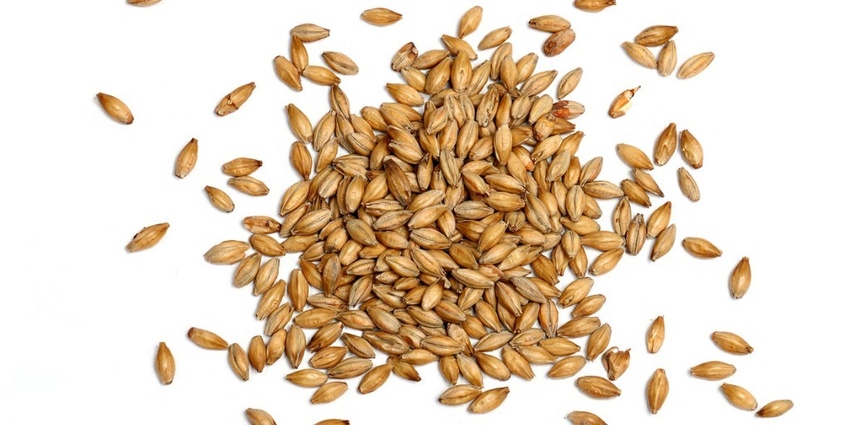Results provide deeper understanding of the nutritional profile of feed barley.
June 14, 2018

New data and analyses from a survey of barley samples from across Alberta will help Canadian livestock producers and industry get more bang per bite from this important feed ingredient.
The survey was led by Canadian Bio-Systems Inc. (CBS Inc.) and the University of Manitoba, with sample collection assistance from the Alberta Barley Commission.
“Today, we have an excellent opportunity to get more nutrition and benefits from feed barley,” said Dr. Anangelina Archile, CBS Inc. technical services manager who helped lead the survey initiative. “Because of the prominent role of this feed source, particularly in western Canada, the improvements we make can have a very strong positive impact on the economics and competitiveness of livestock production in this region and other key areas. To get the most out of feed barley, we first need to better understand its real-world nutritional profile at a deeper level. That’s what this new barley survey is all about.”
For the 2017-18 barley survey, the Alberta Barley Commission collected samples from locations across Alberta after the completion of the 2017 harvesting season. All samples were then analyzed by the University of Manitoba’s department of animal science. This process produced a wealth of data on a variety of parameters, including starch, protein, non-starch polysaccharides (NSPs) — both water soluble and insoluble — neutral detergent fiber (NDF) and phosphorus (phytate and non-phytate), the announcement said.
The results provide a deeper understanding of the nutritional profile of barley, piecing together a picture that can be maximized through dietary strategies, including advanced feed technology options, CBS Inc. said. On average, crude protein was 10.7% and varied considerably, with a minimum value of 8.6% and a maximum value of 15.3%. Starch content averaged 53.2% and, likewise, showed substantial variability, with a minimum value of 48.9% and a maximum value of 57.9%, the announcement reported.
On average, NSP was 17%, with 72.9% of that being water insoluble and 27.1% water soluble. The NSP values, particularly the water-soluble component, were much larger than the same component identified in surveys for wheat, with beta-glucan comprising the primary water-soluble NSPs for barley, the company said.
“This is significant because we know that high dietary levels of beta-glucan can increase the viscosity of digesta within the intestinal tract of swine and poultry, negatively affecting the feed value of barley,” Archile said. “However, knowing this, producers can use feed technology, such as enzyme formulations customized for this purpose, to hydrolyze the beta-glucans and, thereby, greatly increase the nutrition and energy capture.”
NDF averaged 13.6%, which is somewhat lower than commonly estimated values but is still relatively high compared to the NDF of other feed crops such as wheat, which has an estimated NDF of around 9.31%, and corn, which has an estimated NDF of around 10.4%.
“Barley has more hard-to-digest components, such as fiber, compared to other common feed ingredients,” Archile said. “The information we have uncovered will help us understand those components and how to mitigate or neutralize them as barriers to feed value. We have the tools and strategies today to accomplish this. The survey results help give us the blueprint of what we are dealing with. This will help our approaches be more precise and effective.”
Adding value
CBS Inc. said another key finding is that 50% of barley phosphorus content is tied up within phytate molecules, which are indigestible. Producers commonly supplement diets with inorganic phosphorus — a practice that can add substantial cost. However, advanced feed technology like certain phytase and multi-carbohydrase enzyme formulations can break down these molecules and liberate the organic phosphorus.
“This can instantly add value to feed barley and reduce cost by eliminating the need to supplement,” Archile said.
Further barley surveys are planned for additional years, Archile noted. The new barley survey complements a Canada-wide and international wheat survey initiative led by CBS Inc. that is now entering its fourth year. Both efforts are part of a broader CBS Inc. focus on supporting feed ingredients expertise.
Click here to view a more detailed summary including charts of the barley survey findings.
You May Also Like


.png?width=300&auto=webp&quality=80&disable=upscale)
